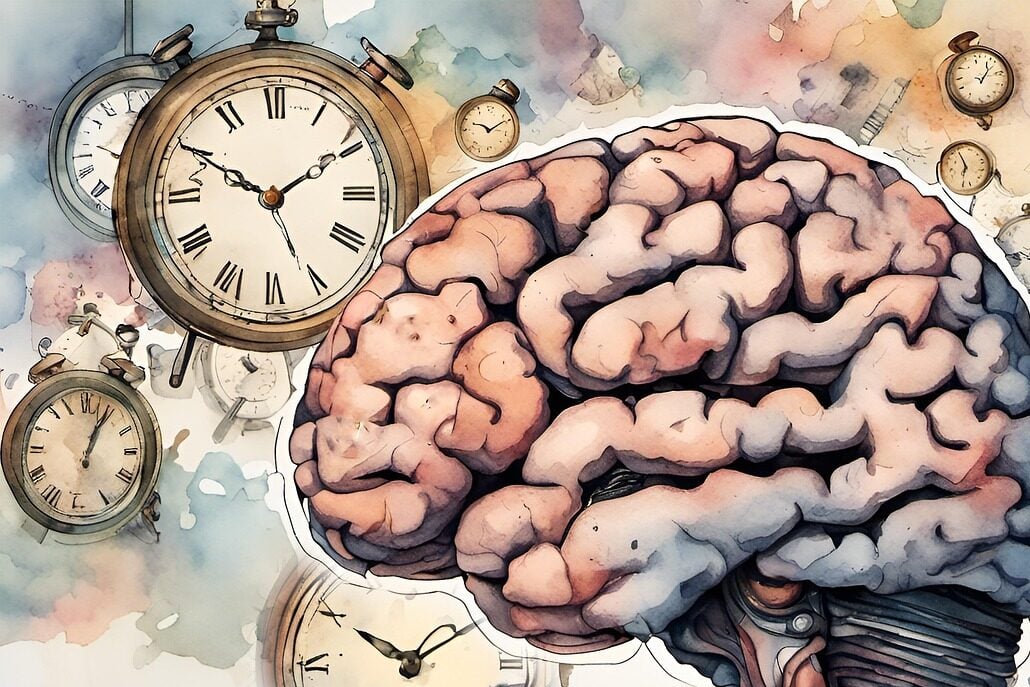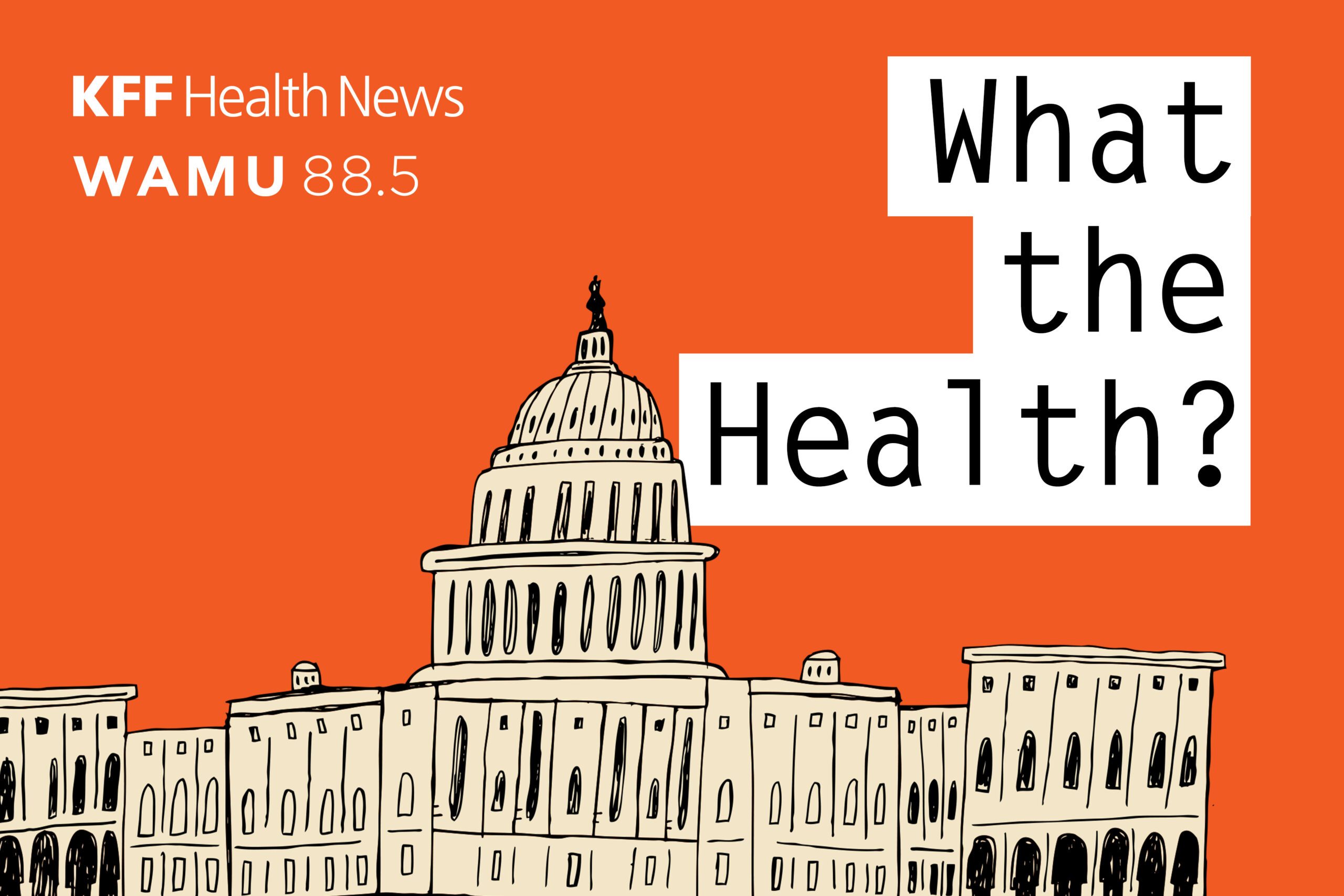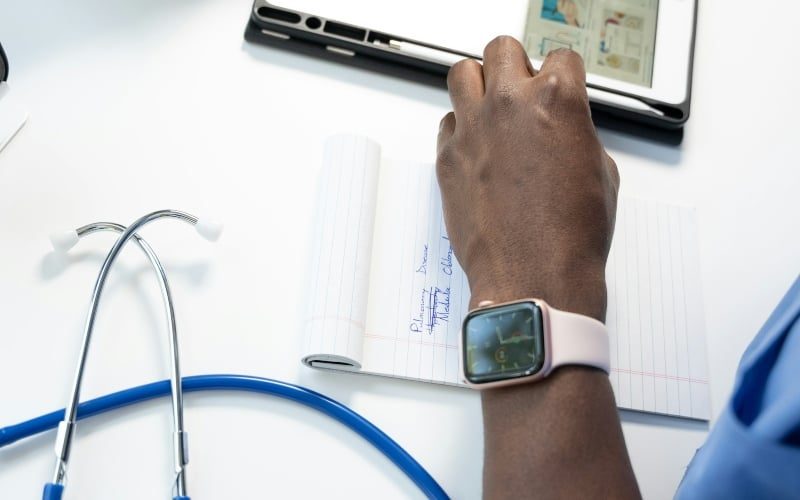One of the common stumbling blocks that can come up on the path of chronic pain recovery is confusion about whether or not a mind-body approach is right for you.
In my opinion, this confusion often stems from a false binary that is unhelpful to our recovery: The notion that mind-body healing and “medical issues” are two entirely different and separate things. And that taking one route seriously means excluding the other.
This all-one-or-the-other mindset can add to the nervous system stress that is already ramping up symptoms. So I want to offer you another perspective here:
For some types of chronic pain, releasing your fear of the pain can actually resolve your symptoms completely, it’s true. But this is not the case for all stress-related conditions.
Chronic stress, anxiety and fear can lead to complications — like bacterial infections, inflammation, chemical sensitivities, ADHD, codependency, IBS, recurring injuries, etc., etc., etc.
And often these complications require other tools to support their unraveling — from behavioral interventions to postural adjustments to antibiotics — on top of the self-love, emotional expression and fear reduction that is needed to address the underlying issue of nervous system stress.
This integrative approach doesn’t negate the validity of either top-down medicine or bottom-up healing. This isn’t an either/or situation. Rather, an integrated approach uses top-down medicine to complement and support bottom-up mind-body healing, and vice vesa.
Is this perspective helpful to you? Let me know!
With encouragement and love,
 Anna
Anna
 If you need support with chronic pain and anxiety, ???????? this FREE resource I created for you: ??? ?????????? ????????’? ????? ?? ??????? ???? ????????.
If you need support with chronic pain and anxiety, ???????? this FREE resource I created for you: ??? ?????????? ????????’? ????? ?? ??????? ???? ????????.
And follow me on instagram for healing tips, inspiration and encouragement.
—
Previously Published on Medium
—
iStock image
The post Untangling the False Binary of ‘Medical vs. Mind-Body’ appeared first on The Good Men Project.
Original Article










